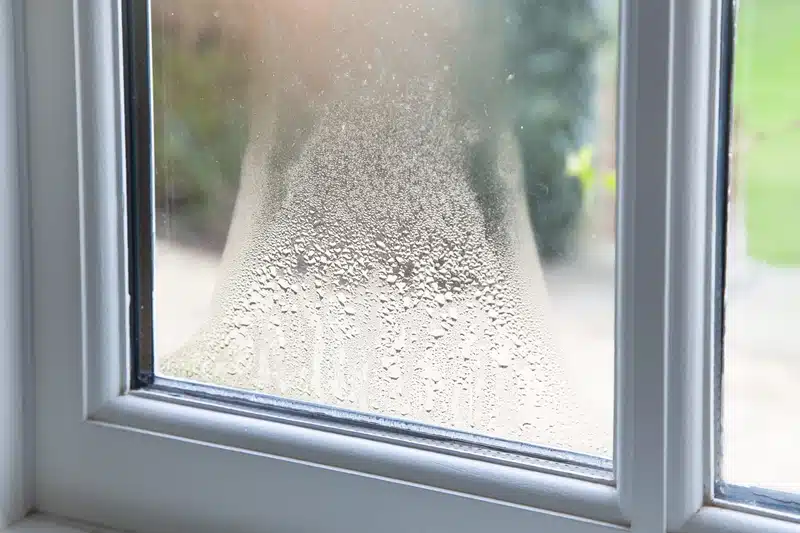
Now that the weather is getting cooler, you might have noticed a few drafts sneaking through the windows of your …
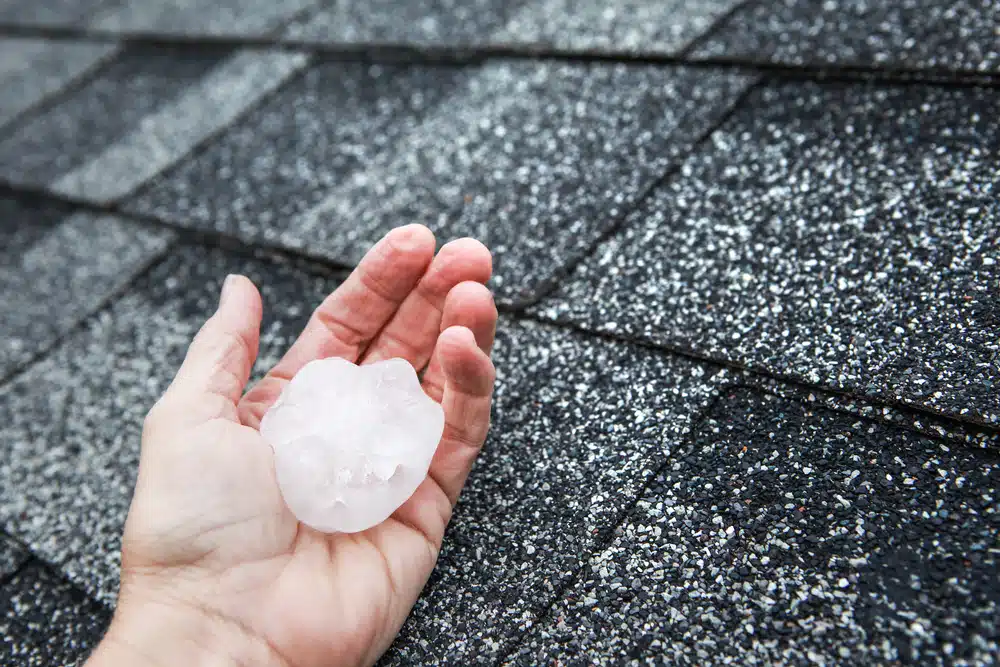
When it comes to severe weather, hailstorms can wreak havoc on roofs, leaving behind costly damage if not detected and repaired promptly. In this comprehensive guide, we will delve into the world of hail damage, focusing on what hail damage looks like, how it affects residential and commercial roofs, and how it can compromise the integrity of your roof.
Hail damage occurs when hailstones, solid balls of ice, pummel rooftops during storms. These ice projectiles vary in size, shape, and density, which directly impacts the severity of the damage they cause. Some areas are more prone than others to getting large hail like Kansas, Texas, Oklahoma, and Nebraska. Understanding what hail damage looks like is crucial in identifying and addressing it effectively.
Residential roofs are often more susceptible to hail damage compared to other types of roofs due to their materials and construction. Understanding the common signs of hail damage on residential roofs is crucial in identifying and addressing the issue promptly.
One of the most evident signs of hail damage on residential roofs is dented or cracked shingles. In the aftermath of a hailstorm, it is important to inspect the surface of the roof for any visible signs of damage. Hailstones can create dents or cracks in the shingles, causing them to become weak and prone to further damage. These damaged shingles can compromise the roof’s ability to shed water effectively and protect the structure beneath.
In addition to dented or cracked shingles, hail damage may also manifest as indentations in the roof surface. Hailstones can cause depressions or dents on the roof, especially in more malleable roofing materials such as asphalt shingles or wood shakes. These indentations may not only affect the aesthetics of the roof but also weaken its structural integrity.
Displaced granules on shingles can indicate hail damage. The force of hailstones can loosen and strip away the protective granules from shingles, leaving the underlying layers vulnerable to the elements. This can lead to accelerated wear and tear, making the shingles more vulnerable to water infiltration and other forms of damage. Keep an eye out for granules collecting in gutters or scattered around the perimeter of the house, as this may be a sign of hail damage.
If left untreated, hail damage can have long-term effects on the roof’s durability and lifespan. The initial damage may seem minor, but over time, small cracks or dents can worsen due to weather exposure, temperature fluctuations, and other environmental factors. This can eventually lead to more extensive repairs or even the need for a full roof replacement.
To conduct a thorough inspection after a hailstorm, start by checking the roof from ground level. Look for any visible signs of damage, such as missing or dented shingles. If it is safe and appropriate, you can climb onto the roof to get a closer look. Inspect the entire roof surface and pay attention to areas that may be more prone to damage, such as eaves, valleys, and roof edges. It is also wise to check the attic for any signs of water leaks or damage that may not be immediately visible from the outside.
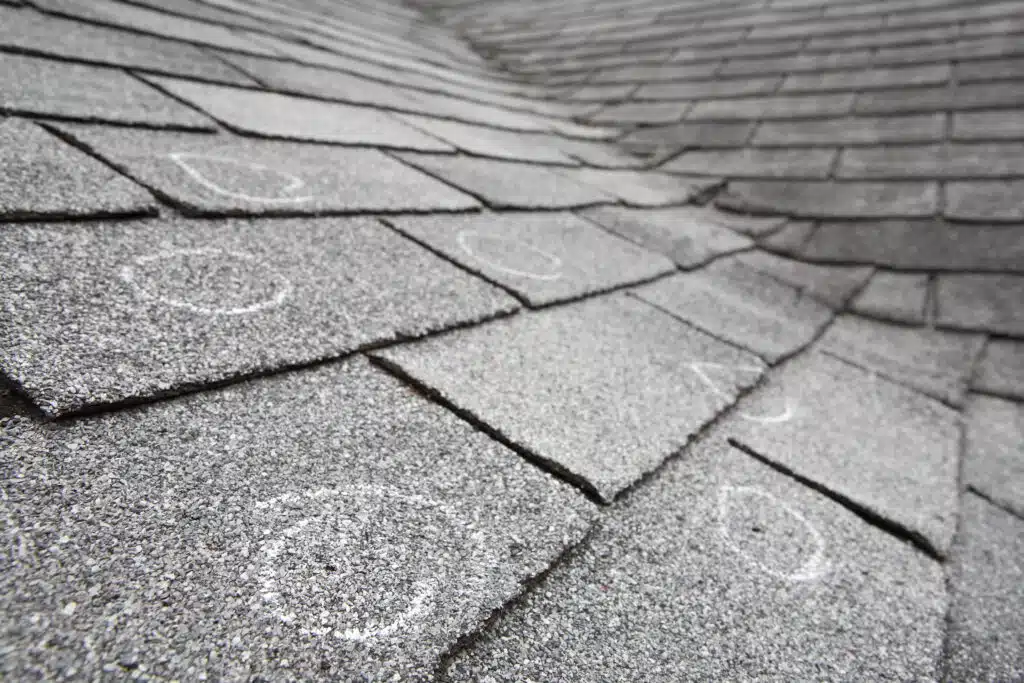
While commercial roofs face similar challenges as residential roofs with regard to hail damage, their larger size and complexity can complicate assessment and repair. Here are some factors to consider.
Flat roofs are a popular choice for commercial buildings, but they are more vulnerable to hail damage than sloped roofs. Hailstones can puncture or tear flat roofing materials such as TPO, EPDM, or modified bitumen, leading to water infiltration and structural damage. It is crucial to conduct frequent inspections of flat roofs to identify any visible signs of damage, such as cracks or depressions, and to address them promptly.
Skylights and vents on commercial roofs can also be affected by hail damage. The impact from hailstones can cause cracks or fractures in the glass or plastic panels of skylights, making them more prone to leaks and water damage. Similarly, hailstones can damage vents, compromising the airflow and ventilation systems within the building. If you identify any damage to these features after a hailstorm, it’s essential to address them promptly to prevent further deterioration.
In addition to damaging roofing materials, hail can also impact HVAC systems on commercial roofs. The outdoor units of air conditioning units, for example, can be dented or otherwise compromised by hail. Even a small blockage or damage to the unit can cause a decrease in efficiency and an increase in energy bills. It’s essential to check your HVAC system after a hailstorm and address any damage promptly to prevent a decrease in energy efficiency.
Different types of commercial roofs require different methods of evaluation and repair. For instance, metal roofs are known for their durability and resilience. However, they may still suffer damage from larger hail. Concrete and asphalt roofs typically fare better, as they can withstand harsh weather conditions and are less likely to develop cracks. Nonetheless, they may still suffer damage from large hailstones. Green roofs, which are covered with vegetation, may be more susceptible to hail damage, as the vegetation can make the roof surface softer and more easily damaged.
Prevention is key when it comes to safeguarding your roof against hail damage. Storm Guard can help assess your roof for damage and get you the best possible quote on a potential new roof if you need one. Never stress about getting your roof, gutters, windows, or siding done after a hail storm when you partner with Storm Guard. Get a free quote on your hail damage.
Sources:
Coryell, Chris. “Hailstorms: United States Hail Map.” Coryell Roofing, 28 Nov. 2014 (Accessed 18 July 2023)

Now that the weather is getting cooler, you might have noticed a few drafts sneaking through the windows of your …

As the seasons change and the weather turns colder, many homeowners find themselves facing a common issue – cold and …
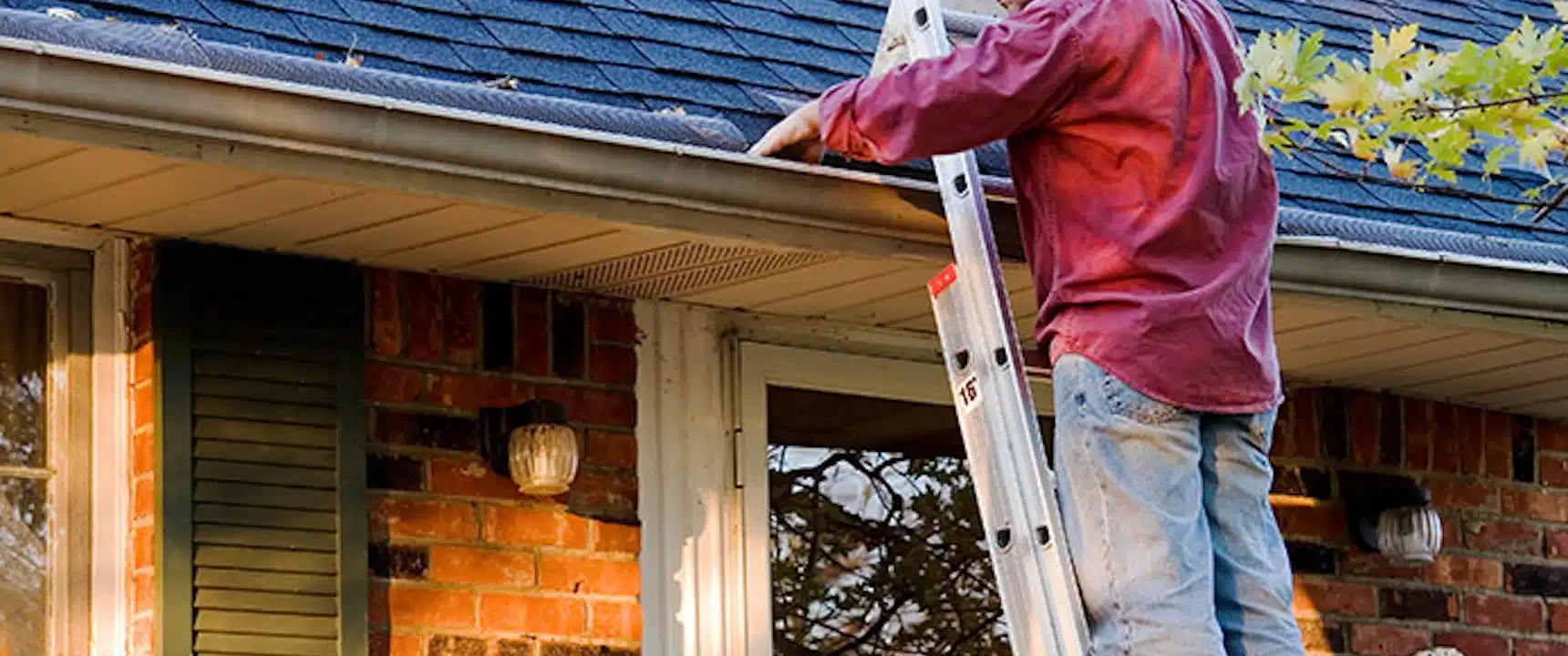
But there’s always a great way to cure those post-holiday blues by putting yourself and/or your family to work with …
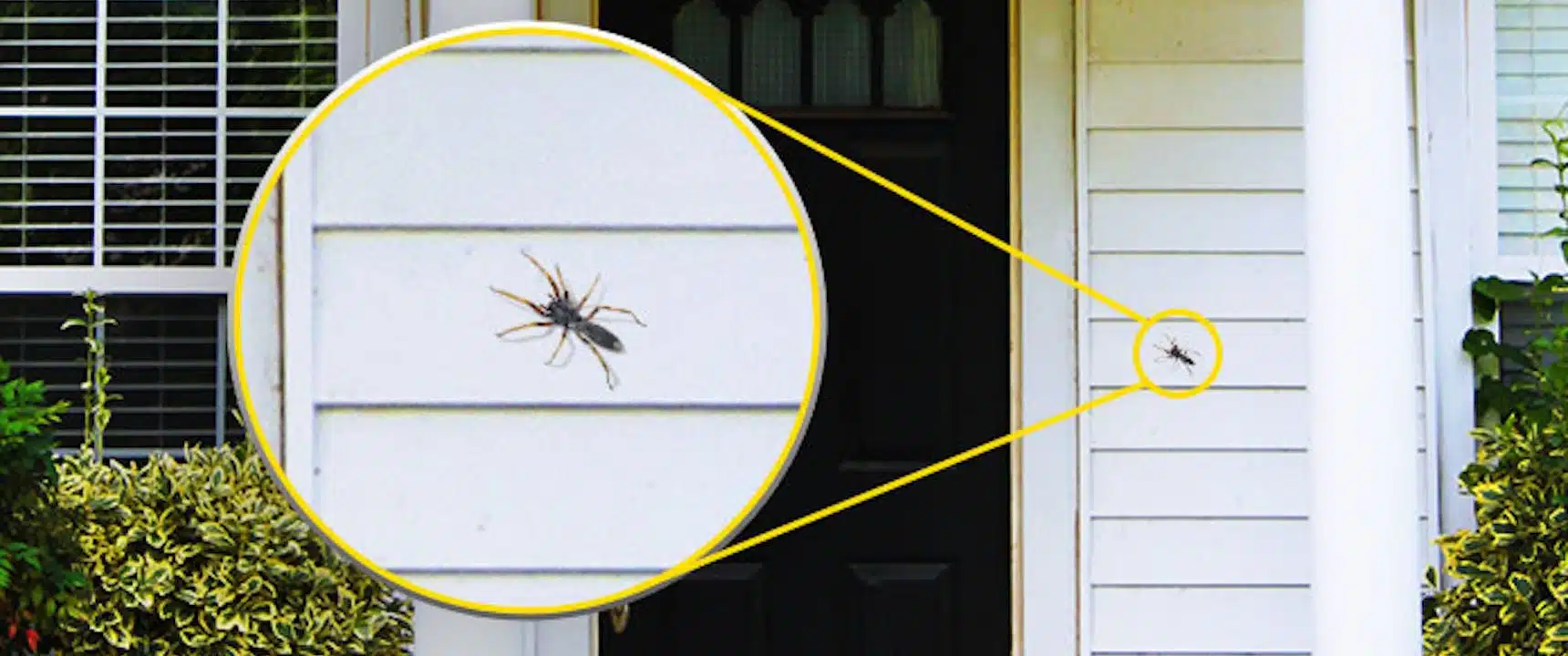
From cockroaches in Arkansas to spiders in California to the common stinkbugs that thrive throughout the united states, there are pests …
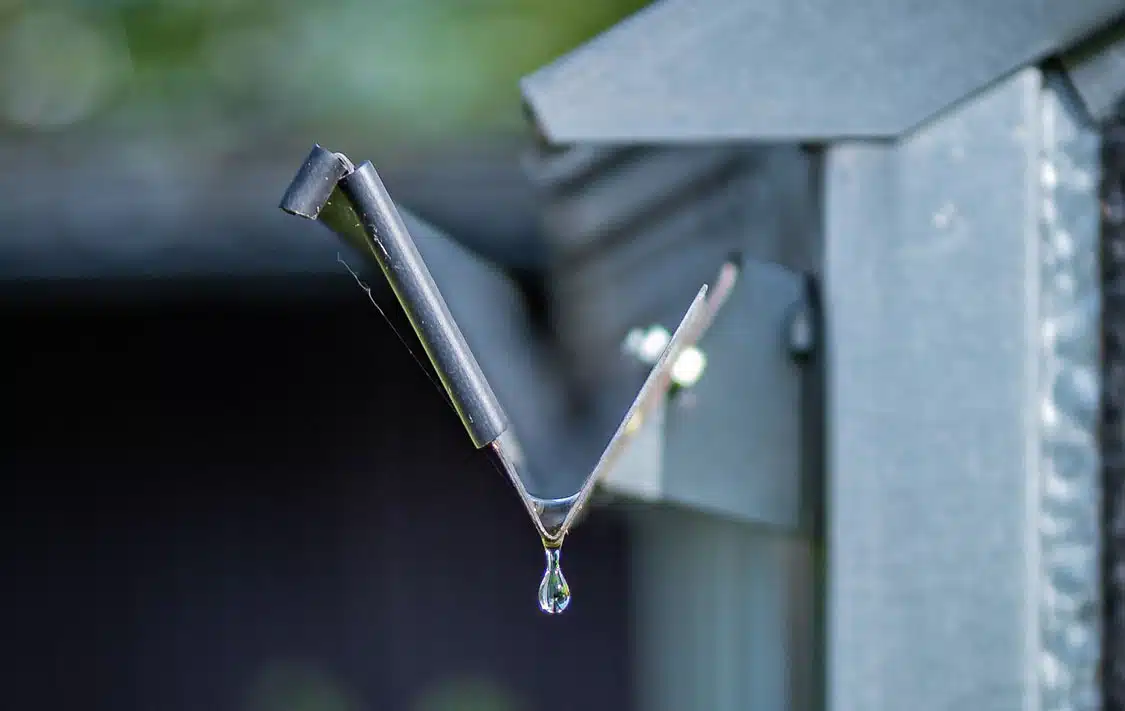
How to Clean and Maintain Gutters for a Functional Home Gutters are an essential part of any home’s roofing system. …
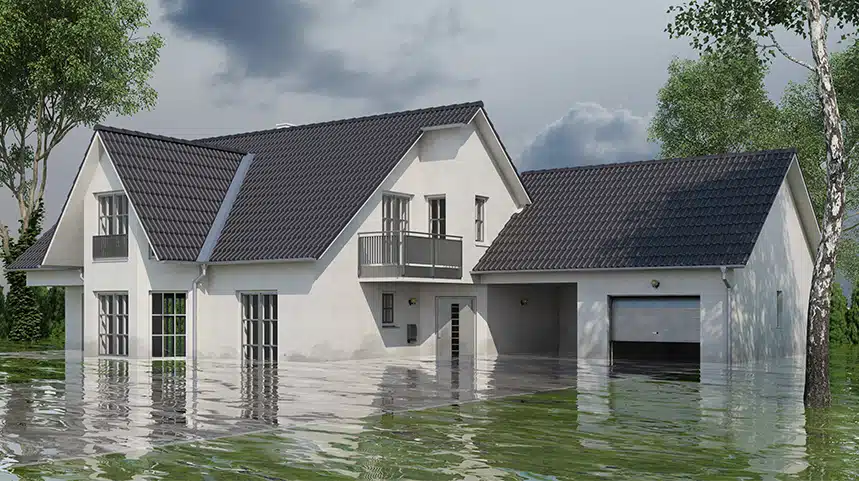
During the floods that erupted in Texas in March and April of 2016, multiple days of heavy rainfall averaging 15 to …